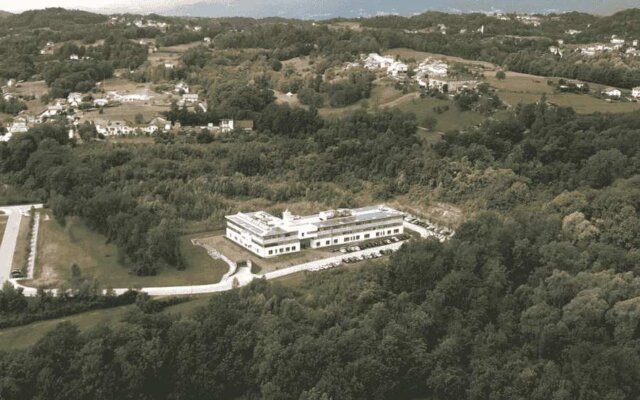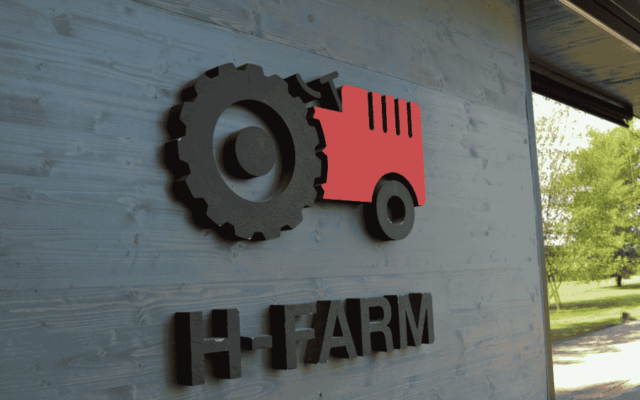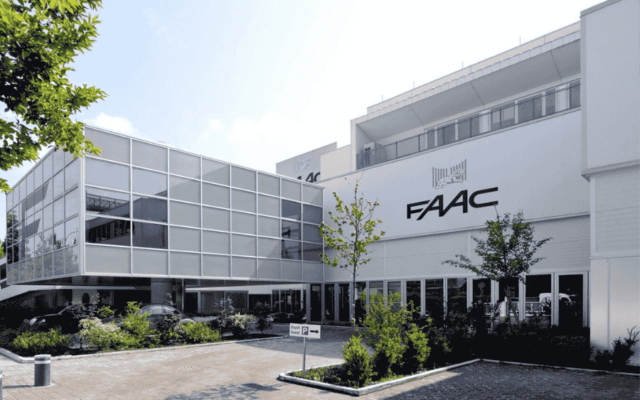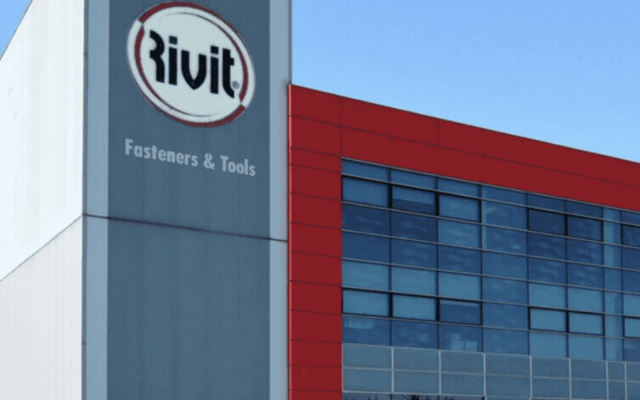AUSL Forlì

Problem
The project encompassed three levels of development, simultaneously with the construction of the new “Nuovo Morgagni – Pierantoni” hospital complex in Forlì: the implementation of a standard online medical record application, the automation of services such as the preparation and delivery of daily unit dose therapy, and the implementation of a network – and its Wi-Fi extension – capable of guaranteeing connectivity and coverage to the hospital complex in total security. And the story, with a happy ending, needs a flashback.
It is 1996, when Engineer Silena Sistu, head of information systems at the Forli AUSL, takes stock of the situation: while the needs of medical staff make it essential to make a massive contribution of computerization of hospital processes and activities, the infrastructure is not the best. “The departments had personal computers and stand-alone applications for recording administrative documents. So we built a team in charge of developing an application to be adopted as a standard tool for the work of physicians and nursing staff, following an analysis of the needs of each department, to maintain common basic criteria and function across the entire company.”
A non-trivial task, since it involved an a priori cultural evolution of investment in technology. And the medical staff responded with a strong willingness to change to the project of computerizing processes, so much so that today the consultation and updating of patient records is done through any fixed location or Wi-Fi terminal in the hospital.
“For those who work in the Emergency Department,” confirms Eng. Sistu, ”it is essential to have a patient’s medical history, the basic structure of which is made up of the computerized record of previous admissions and accesses to the emergency department, even if made at the other 2 hospitals connected to us, Forlimpopoli and Santa Sofia, completed by the results of laboratory tests, vaccinations, radiology access reports and all the links with the Operating Units that provide services on an outpatient basis.” All, of course, networked: connectivity is provided by a network infrastructure implemented with Cisco Systems networking solutions.
Solution
The modernization process necessarily included the cabling of the entire enterprise and peripheral locations, which are now connected to the urban area via fiber optics. And for a business like the hospital, where mobility in the department and on the ward is essential, it became necessary to introduce a Wireless component, so as to ensure connectivity everywhere and access to data in total security. The choice fell on Cisco Systems solutions, implemented ad hoc by partner VEM sistemi. Thanks to this infrastructure, the operation and computerization of processes at the “Nuovo Morgagni – Pierantoni” has made giant strides in just a few years, culminating, for now, with the introduction of unit dose drug distribution through an automated system. This process, which is fully integrated with the in-house application, allows the unit dose of medication to be packaged on a dedicated facility. “Each sachet is serialized,” emphasizes Eng. Sistu, ”through an encryption that makes it unique, allowing us complete stamping of administration or discard.
The doctors themselves type the prescription on the Tablet PCs with which they are equipped, thus avoiding handoffs between doctor and nursing staff and significantly reducing procedures subject to the risk of human error.” Each patient is associated with a wristband with a unique numeric code, which makes it mandatory to cross-authenticate the patient-data with those on the medicine to be administered.
Thanks to the barcode, it is also possible to identify, without risk, every other laboratory report, associating it with the referring patient and allowing the medical record to be updated in real time. But the advantages of a fully integrated system do not end there: the circle closes with the possibility of requesting consultations and examinations online in other departments and with a sophisticated reporting tool of patients’ hospital stays and operators’ activities, since the staff connects to the application via user ID and password.
Benefits
And the benefits are extended to all. “The operating list system has been computerized,” confirms Dr. Alberto Zaccaroni, Director of General Surgery, ”which allows easier management of surgeries. In addition, the reporting system allows statistical research on the timing of surgeries and the use of any prosthetic systems. Today we can count on a real computerized operating record.”
And the impact on the patient is not secondary. “We have reached an important milestone of readability and transparency of data,” adds Dr. Claudio Cancellieri, Director of the Infectious Diseases Operating Unit; ”our users are thrilled that any operator, even on call, has a complete picture of every single hospitalization at all times, conveying an idea of great efficiency and quality of service.”
All thanks to those who have believed from the beginning that the future of healthcare coincides with computerization of processes and services, and that only a solid technological infrastructure-reliable, flexible, and scalable-is the foundation of the healthcare facilities of the future.
“The project we are carrying out has also conferred results from the point of view of the security that data, if managed in this way, can provide,” adds Eng. Sistu, ”Having thought of an innovative structure with adequate IT support was successful and we can now reap the benefits. Each department head had expressed this need, the Company responded by creating a system and welcoming the willingness of the doctors in adapting their procedures by migrating to an integrated information collection system. Thanks to this we are achieving goals that are becoming more and more relevant over time.” But that’s not all. “All this is part of the programs of a region that is investing in the creation of a common network between different facilities: with the extension of the project to all the healthcare realities of the territory, such as the Oncology Institute, a further phase of an important process will be accomplished, which has allowed us to have a reliable telematics infrastructure capable of evolving.” In short, a real project in the making, an episode that, thanks to Cisco Systems technology and VEM sistemi, can only conclude, temporarily, with a continued …

ARAG SE ITALIA
featured-business-cases-en
ARAG SE ITALIA
featured-business-cases-en
ARAG SE ITALIA
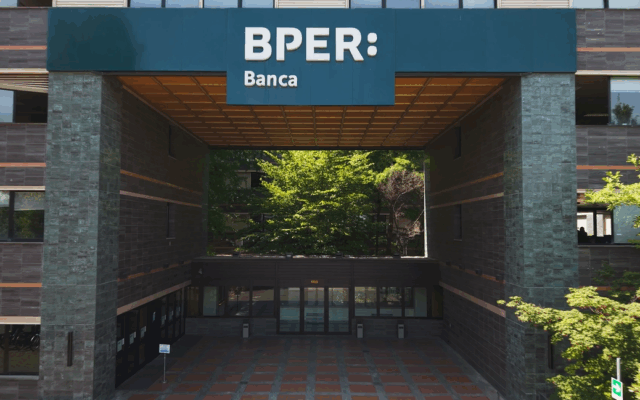
The New BPER Banca Data Center
featured-business-cases-en
The New BPER Banca Data Center
featured-business-cases-en
The New BPER Banca Data Center

MUG MAGAZZINI GENERATIVI
featured-business-cases-en
MUG MAGAZZINI GENERATIVI
featured-business-cases-en
MUG MAGAZZINI GENERATIVI

The new workplace of BPER Banca
featured-business-cases-en
The new workplace of BPER Banca
featured-business-cases-en
The new workplace of BPER Banca

DECO INDUSTRIE
featured-business-cases-en
DECO INDUSTRIE
featured-business-cases-en
DECO INDUSTRIE

Ferriere Nord – Gruppo Pittini
featured-business-cases-en
Ferriere Nord – Gruppo Pittini
featured-business-cases-en
Ferriere Nord – Gruppo Pittini

Poderi dal Nespoli
featured-business-cases-en
Poderi dal Nespoli
featured-business-cases-en
Poderi dal Nespoli

Massimo Zanetti Beverage
featured-business-cases-en
Massimo Zanetti Beverage
featured-business-cases-en
Massimo Zanetti Beverage

Hypo Alpe Adria Bank
featured-business-cases-en
Hypo Alpe Adria Bank
featured-business-cases-en
Hypo Alpe Adria Bank
info@vem.com
Via Don Sebastiano Calderoni, 12
Località San Giorgio
47122 Forlì (FC)
T +39 0543 725005
F +39 0543 725277 Vimercate
Palazzo Acero, via Torri Bianche, 8
20871 Vimercate (MB)
T +39 039 9253222
F +39 039 9253223 Modena
Via G. Perlasca, 25
41126 Modena (MO)
T +39 059 7863711
F +39 059 785699 Padova
Via San Marco, 11
Palazzo Torre
Ingresso Piazza Aldo Moro 10
35129 Padova (PD)
T +39 049 7423400
Senigallia
Via D. Corvi, 8
60019 Senigallia (AN)
T +39 071 660263
F +39 071 660264 Roma
Viale Citta d’Europa, 679
00144 Roma (RM)
T +39 0652204031
F +39 0543 725277



Quality Control

Vem Sistemi's information safety management system is UNI CEI EN ISO/IEC 27001:2017

VEM Sistemi's quality management system is UNI EN ISO 9001:2015
Via Don S. Calderoni 12, Forlì (FC), Italia - Tel. +39 0543 725005 - Capitale sociale € 500.000 i.v. - Iscr. Reg. Imp, C.F. e P. IVA 01803850401 - R.E.A. FC 217998






